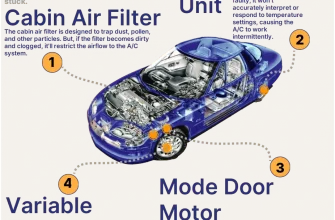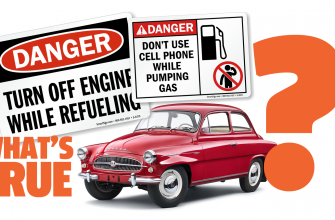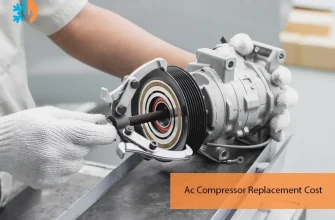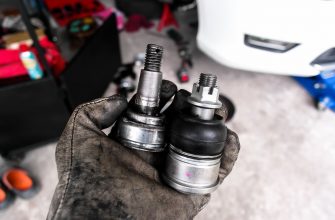When it comes to the intricate world of automotive engineering, the oil pan is often overlooked, yet it plays a pivotal role in the smooth operation of your vehicle’s engine. Understanding its function can help you appreciate the complexity of your car’s engine system and the importance of regular maintenance. Let’s delve into the essential aspects of the oil pan and its crucial responsibilities.
What is an Oil Pan?
The oil pan, also known as the sump, is a metal container located at the bottom of your car’s engine. Its primary function is to hold the engine oil, which is critical for lubrication, cooling, and cleaning the engine components. Made from either steel or aluminum, the oil pan is designed to withstand high temperatures and pressure, ensuring durability and reliability.
Key Functions of the Oil Pan
- Oil Reservoir: The oil pan acts as a reservoir, storing the oil that circulates throughout the engine. When the engine is running, the oil pump draws oil from the pan to lubricate the engine parts.
- Cooling: The oil pan helps dissipate heat from the engine oil. As the oil circulates, it absorbs heat from the engine components and releases it back into the atmosphere through the pan, maintaining optimal engine temperatures.
- Oil Filtration: Many oil pans are equipped with a built-in oil filter or a drain plug that allows for the removal of contaminants from the oil. This ensures that only clean oil circulates through the engine, promoting longevity and efficiency.
- Protection: The oil pan protects the oil from external contaminants, such as dirt and debris, while also safeguarding the engine from damage due to oil leaks or spills.
Common Oil Pan Issues
Despite its robust construction, the oil pan can encounter problems that may affect the overall performance of your engine:
- Leaks: Over time, the oil pan gasket can wear out, leading to leaks. This not only results in a loss of oil but can also lead to serious engine damage if not addressed promptly.
- Cracks: Physical damage from road debris or accidents can cause cracks in the oil pan, resulting in oil leaks and decreased lubrication.
- Corrosion: Exposure to moisture and road salt can lead to corrosion, which can compromise the integrity of the oil pan.
Maintenance Tips for Your Oil Pan
To ensure the longevity and functionality of your oil pan, consider the following maintenance tips:
- Regular Oil Changes: Adhere to your vehicle’s recommended oil change intervals to keep the oil clean and free of contaminants.
- Inspect for Leaks: Periodically check for oil spots under your vehicle and inspect the oil pan for any signs of leakage.
- Monitor Oil Levels: Keep an eye on your oil levels using the dipstick. Low oil levels can indicate a leak or consumption issue.
- Professional Inspections: Have your oil pan and engine system inspected by a qualified mechanic during routine maintenance to catch any potential issues early.
The oil pan may not be the most glamorous component of your car’s engine system, but its role is undeniably critical. By understanding its functions and maintaining it properly, you can help ensure your vehicle runs smoothly and efficiently. Remember, a little attention to this essential part can go a long way in prolonging the life of your engine and enhancing your overall driving experience.









Excellent breakdown of the oil pan
I learned so much about the oil pan from this article! It’s amazing how something so seemingly simple plays such a vital role in automotive engineering.
This article was very informative! The details about oil filtration and protection were particularly enlightening. Thank you for sharing this knowledge!
This article provides an insightful overview of the oil pan
Great job explaining the complexities of the oil pan! This information is invaluable for anyone looking to better understand their vehicle.
I found the explanation of the oil pan’s functions to be extremely helpful. It’s clear that regular maintenance is key to a car’s longevity. Great read!